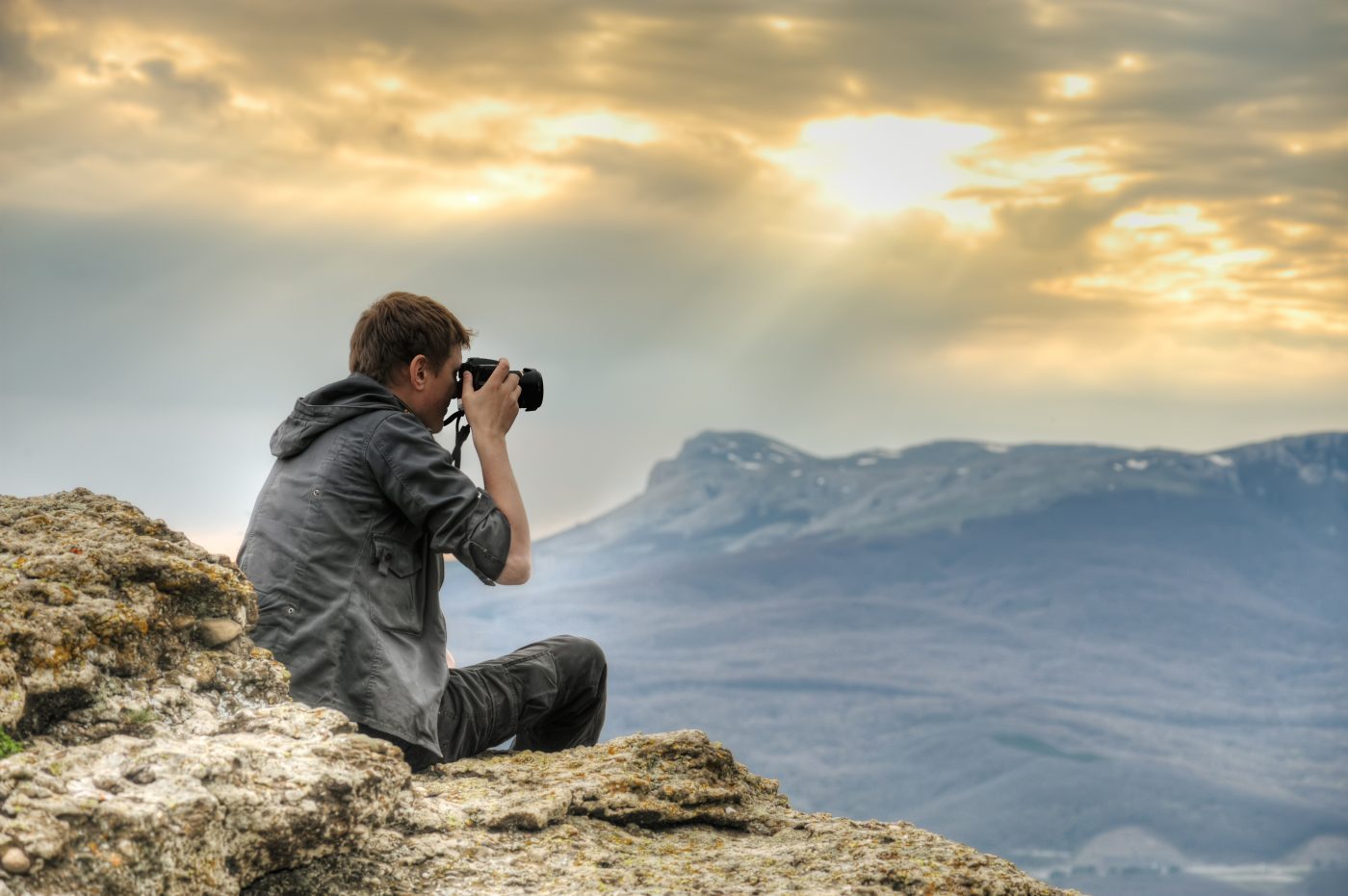
Photography Tips for Non-Photographers
Photography is an art, and it’s very difficult to master. However, fortunately for us amateurs, digital photography means we can take as many photographs as we like.
And sometimes, in amongst the megabytes of data there’s a wee gem you can hold on to – frame if you like, and say – I did that.
Here’s a few hints on how to create more pictures for your wall, and less data to be lost in the cloud. No adjusting shutter speeds or fiddling with f stops either, you can do all of this with the Auto setting on your camera.
Always take your camera when you walk
I know it sounds like a ridiculous thing to say, but stand-out shots happen with greater frequency the more you take your camera with you.
So make it an essential part of your kit. Charge the battery the night before and make sure the memory card has plenty of room. Put it next to your backpack and you’re done.
Sometimes take your camera for a walk
Taking your camera for a walk is very different from bringing your camera with you on a walk. For example, I walk quite a lot with my family, and when I stop to take a photo or seven, everybody groans.
“Ohh Daaaaaaddd…”
So now and again, I take my camera for a walk, which means I’m out there on my own with the express purpose of taking photographs. Or sometimes I’m with someone else, but they’re in the same boat so there’s no issue if I wait for fifteen minutes ‘till the light changes.
We might be out looking for nothing in particular, or it might be a predetermined shot. Nevertheless, if you go out into the wilderness with photography front of mind, you’re going to end up with better images. No doubt about it.
Patience is a virtue
Especially where wildlife photography is concerned. Waiting for an animal to look at the camera or move into the scene properly, or flick its tongue, whatever it is – you just have to hang around with the animal in shot, in focus, as long as you possibly can. Then hit the button at just the right time. Simple as that.
Patience also helps when you find a location you instinctively know will be amazing at a different time of day. Sunset, early morning or the middle of the night, for example – so you determine to come back prepared, and ready.
And when you get up at 5 am, make your way to the location, set up, wait, drink your coffee and finally make that shot? It feels fantastic.
Use the golden hour
Everything looks better during the first hour of light in the morning, and the last hour of light at the end of the day. So if you want to take better pictures, do it then.
The sun is low in the sky so it casts longer shadows. And shadows help determine features.
The light is also softer, more diffuse, so it’s easier to capture a more evenly exposed picture.
Finally, the tone of light is warmer, which gives everything that nice golden colour, hence the name.
Nature does all the set-up for you here. You’ve just got to be there, and push the button.
AusWalk Tip
Make sure you’re poised and ready when the sun dips below the horizon too. Another perfect moment to capture an amazing shot.
Get some gear
If you do find yourself compelled to get up in the dark, travel somewhere remote and wait for the sun to appear – it’s probably time to get a few bits of gear.
Tripod
Set up the tripod, frame the shot then relax and wait for the sun. It’s better than sitting your camera on a rock. Also if you do, eventually, want to start increasing your shutter speed, getting waterfalls to appear misty for example, or take a picture of the stars – you’re going to need a tripod. I have a Manfroto Beefree ‘travel’ tripod and it’s great. Sturdy enough for the job, but lightweight and small, so you can stick it in your back pack no problem.
Gorilla pod
The Gorilla pod can keep your camera steady, and help you achieve some really interesting angles as you can wrap it around a branch for example. A brilliant accessory when you’re out in the wilds.
Polarising filter
Useful in landscape photography as it reduces the glare of the sun, increases colour saturation and provides great contrast – making your images seem more vibrant.
Your local photography shop will be able to advise which one is best for you.
Zoom lens
If you’re into wildlife at all this is an essential piece of kit. Once again, your local camera shop will be able to advise – but one thing to look for would be stability control. When you zoom in, the slightest movement in your hand is magnified. And while a tripod can solve this issue, you’re not always going to have time to set it up.
Keep the camera in your bag
I know. Another ridiculous statement. But bear with me.
Sometimes I’ll stumble into a scene so beautiful, or atmospheric, that it feels as if taking my camera out would be to spoil the moment.
And if I’m being honest with myself, sometimes, I think I’d rather not share it with anyone who isn’t actually there. If you’re sitting at home while we’re out here tramping about, then you don’t deserve to see what we’re seeing right now.
I don’t know if that’s a terribly great suggestion for a photography blog post, but for me, at least, it’s the truth. When I pull my camera out of the bag or lift it to my eye, I start looking at things in a different way. I start observing the scene as an outsider, as opposed to being immersed in it myself.
Sometimes just being there is the reward. And maybe, the photography was just the excuse to get to that moment.
Anyway, what do you think folks?
Do you ever see an amazing shot, and then decided not to take it?
Do you have any other tips or tricks, without getting too complex, then we can all use to improve our photography..?
Please share if you do. Thanks!



There are no comments, be the first to comment.